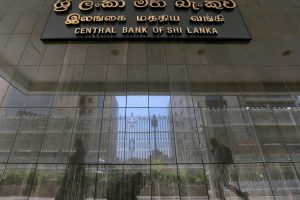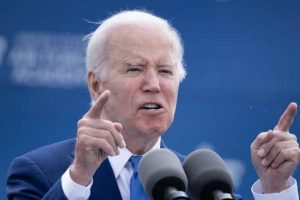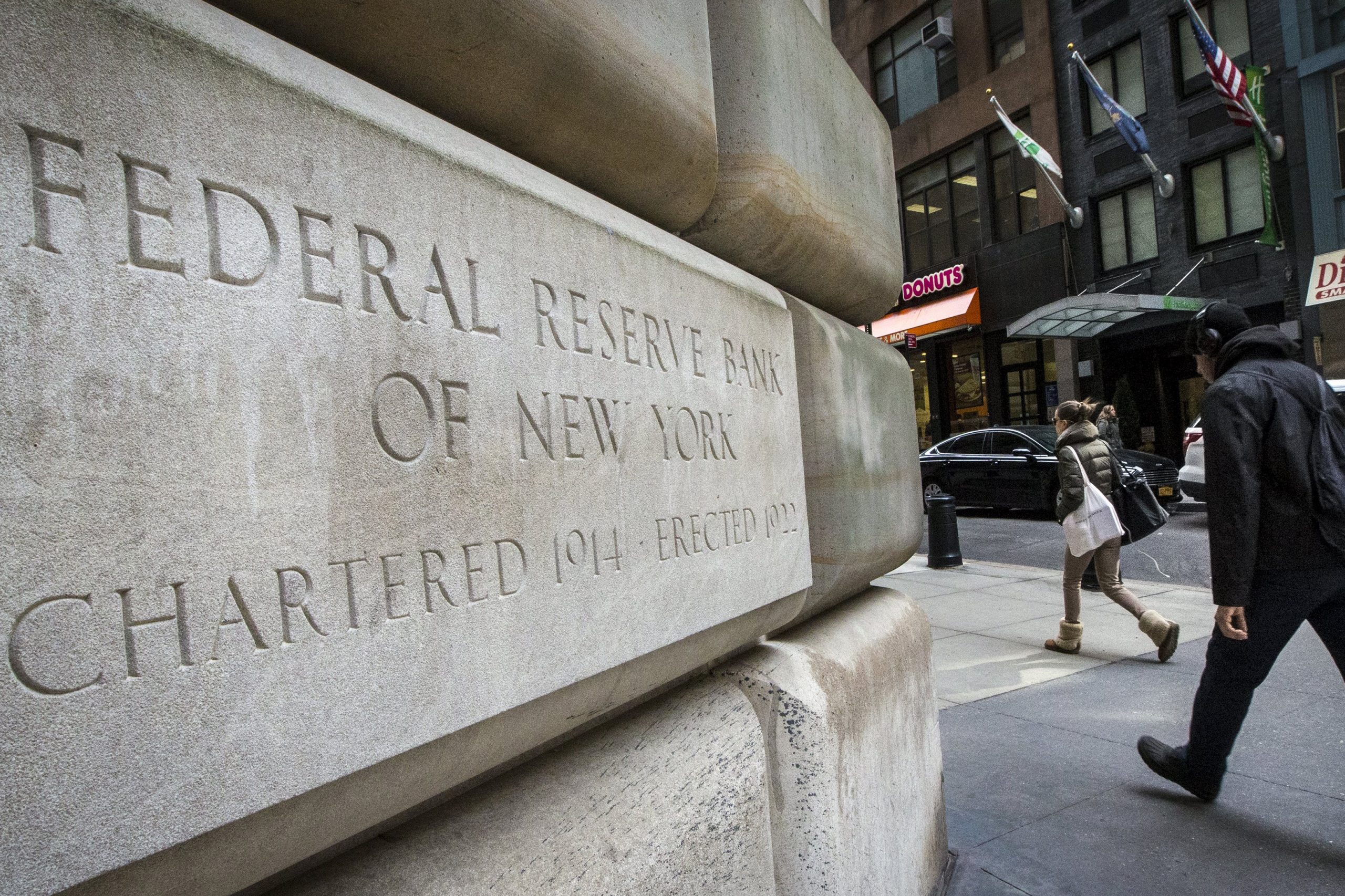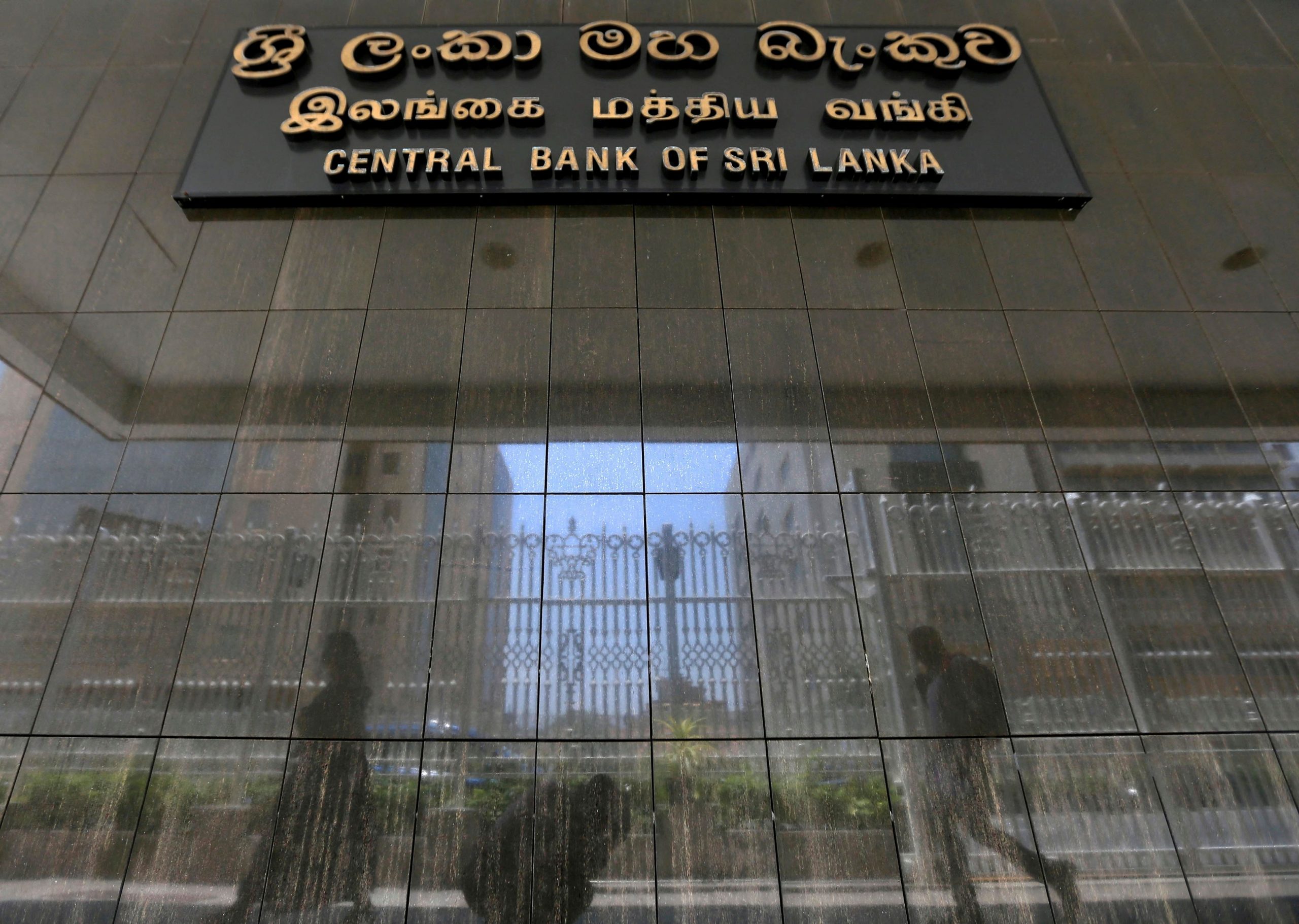John Williams, the President of the Federal Reserve Bank of New York, has revealed that he is closely watching the impact of banking sector strains on the US economy and has left the possibility open for interest rates to remain on hold next month. Speaking at an event with the Economic Club of New York, Williams stated that the policymakers will gather a lot of data between now and their June meeting, and will be paying particular attention to the impact of credit conditions on growth, employment, and inflation. Following the quarter point increase in benchmark rates, the Fed officials will meet again on June 13-14. Williams does not see any reason to cut interest rates this year, but believes that the economy faces two-sided risks to the outlook.
The Fed survey released on Monday shows that banks reported tighter standards and weaker demand for loans in the first quarter, indicating that the trend had begun before the latest stresses in the banking sector emerged. Williams’ comments reflect the ongoing uncertainty surrounding the economy and the banking sector, and the challenging decisions policymakers face as they balance the competing demands of inflation, growth, and stability.

The Fed’s monetary policy has significant implications for the US economy and the global financial system. The Fed’s recent rate hike has already had an impact on financial markets, with bond yields rising and stocks falling. Williams’ comments suggest that the Fed is mindful of the potential risks to the economy and is closely monitoring the impact of banking sector strains on growth and employment.
The banking system has been facing challenges, including weaker demand for loans, tighter standards, and stress in money markets, which could limit the Fed’s ability to raise rates further. Williams noted that recent strains in the banking system could have some impact on the economy, and policymakers are assessing the extent of these risks. The Fed survey showed that banks reported weaker demand for loans, particularly in the commercial and industrial sectors, which could weigh on economic growth.
Williams’ comments also reflect the ongoing debate within the Fed about the appropriate stance of monetary policy. Some Fed officials have expressed concerns about the potential for inflation to exceed the Fed’s 2% target, while others have been more focused on the risks of a downturn or financial instability. Williams believes that the Fed needs to maintain a restrictive stance of policy to achieve its goals, but also acknowledges that there are two-sided risks to the outlook.
Overall, Williams’ remarks suggest that the Fed is taking a cautious approach to monetary policy and is closely monitoring the data as it assesses the appropriate course of action. The Fed’s decisions will be closely watched by investors and policymakers around the world, as the US economy remains a critical driver of global growth and financial stability. As the Fed continues to navigate the complex landscape of the global economy, it will need to strike a delicate balance between growth, inflation, and stability, and the path ahead remains uncertain.
©traders-news.online










